From Blueprint to Breakthrough: Inside Huangpu’s Quiet Rise as a European Investment Hub
In a time of recalibration across global markets, European businesses are rethinking not just whether to invest in China, but where. For many, that decision is quietly pointing toward Huangpu District in Guangzhou—less due to headlines, and more due to structural readiness, sectoral depth, and execution on the ground.
A Data-Driven Investment Environment Gains Ground
Between January and May 2025, Guangzhou's Huangpu District recorded 170 new investment agreements worth RMB 93.3 billion(USD 12.8 billion). Foreign-invested projects accounted for nearly half of all inward capital into Guangzhou during this period.
While such figures may resemble typical economic development metrics, what differentiates Huangpu is not just the volume—but the composition and delivery. In sectors such as advanced manufacturing, AI, life sciences, and low-altitude mobility, the district has become a favored location for scale-ups and multinationals seeking operational alignment and access to specialized infrastructure.
A case in point: French firm Scantech, a leader in thin-film measurement instruments, expanded its presence this year with a new facility focused on R&D and manufacturing—turning Huangpu into its China operational base.
European Outreach Built on Targeted Engagement
Rather than relying on broad-stroke promotion, Huangpu has prioritized targeted dialogue with European stakeholders:
In April 2025, the district hosted a dedicated Europe-China business roundtable in Shanghai, drawing over 20 European multinational representatives for project matching and regulatory briefings.
It has coordinated 12 international investment events this year, including meetings with corporate groups from Germany, France, the UAE, and Japan.
Its role as a pilot region for EU-China regional policy collaboration has enabled customized administrative procedures aligned with international expectations in areas such as data governance, IP services, and compliance.
This approach has already supported reinvestment decisions by firms like AstraZeneca, Zeiss, and Givaudan, which have expanded production capacity or introduced new business lines in the district.
Sectoral Clarity: Where the District Is Doubling Down
Huangpu's investment policy avoids overextension. Instead, it concentrates on select verticals:
Aerospace and Urban Air Mobility: Home to projects like XPeng AeroHT's modular flying vehicles and EHang's autonomous passenger drones, both of which have received full regulatory clearances.
Artificial Intelligence and Advanced Computing: Backed by a high-performance computing cluster, with firms such as Biren Technology and Turing AI anchoring the ecosystem.
Life Sciences and Biopharma: Attracting R&D-intensive players, including Singapore-based Perennial Holdings, which is developing a healthcare and senior care complex.
Smart Robotics and Electric Vehicles: Hosting firms in sanitation robotics, smart medical devices, and integrated supply chains for new energy vehicles.
This clarity is supported by infrastructure pre-planning, data-based site allocation, and sector-specific capital channels, offering practical alignment with mid- and long-term business strategies.
From Commitments to Capabilities: Implementation as Differentiator
Foreign executives often cite a gap between headline commitments and actual support on the ground. Huangpu attempts to narrow this gap through execution-focused policies:
Performance-based grantsof up to RMB 100 million(USD 13.8 million) are available for qualifying foreign-invested projects under a 2024 policy framework known as the “30 Measures for New Productive Capacity.”
A RMB 50 billion innovation capital poolbrings together industrial funds, VC firms, and state-owned capital to co-invest in inbound ventures, particularly in semiconductors, robotics, and green mobility.
“Land + building + services” bundlesare tailored to industry needs, reducing time-to-operation for complex facilities.
A representative from a European engineering firm commented:
“We compared three districts across two cities. Only Huangpu offered a deployment timeline that aligned with our commissioning cycle.”
Institutional Infrastructure: Reducing Transactional Friction
To streamline investor onboarding and post-establishment support, Huangpu has built what some describe as a “multi-point interface” model:
A 54-unit network coordinates investment offices, state-owned partners, and specialized zones to avoid fragmented procedures.
Dedicated project teams are assigned to major foreign enterprises, handling compliance, licensing, and site preparation as a single unit.
Policy tools such as “land-first negotiations” and “customized facilities” reduce uncertainty in project execution, a key consideration for European legal and operations teams.
These practices may not be unique to Huangpu, but they are applied consistently—and with visible results.
Signals, Not Sentiment
Huangpu District's investment model avoids grand narratives. Instead, it signals—through numbers, processes, and visible commitments—where foreign-invested projects may still find alignment in a changing landscape.
Its approach may not solve every systemic challenge, but for European investors seeking grounded, pragmatic engagement in China, it offers a compelling test case in how subnational governance can evolve to meet global business expectations.









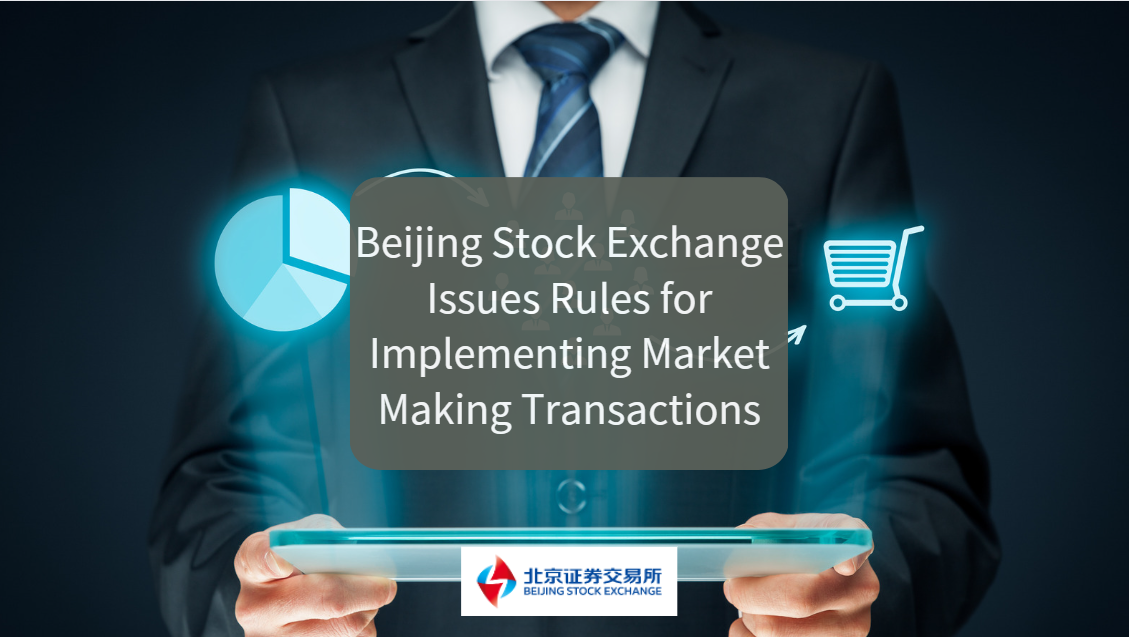
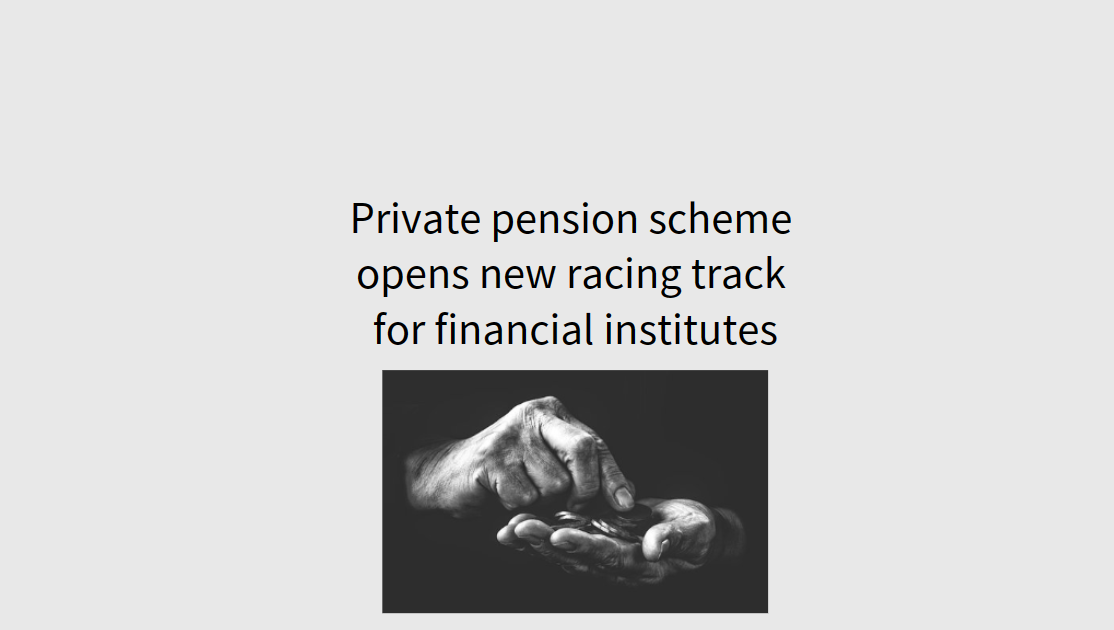

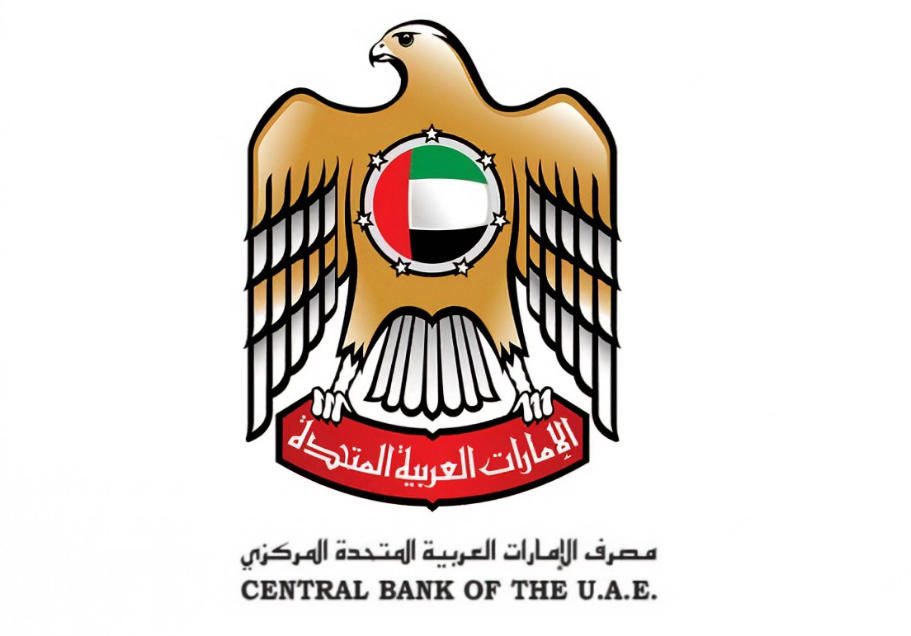
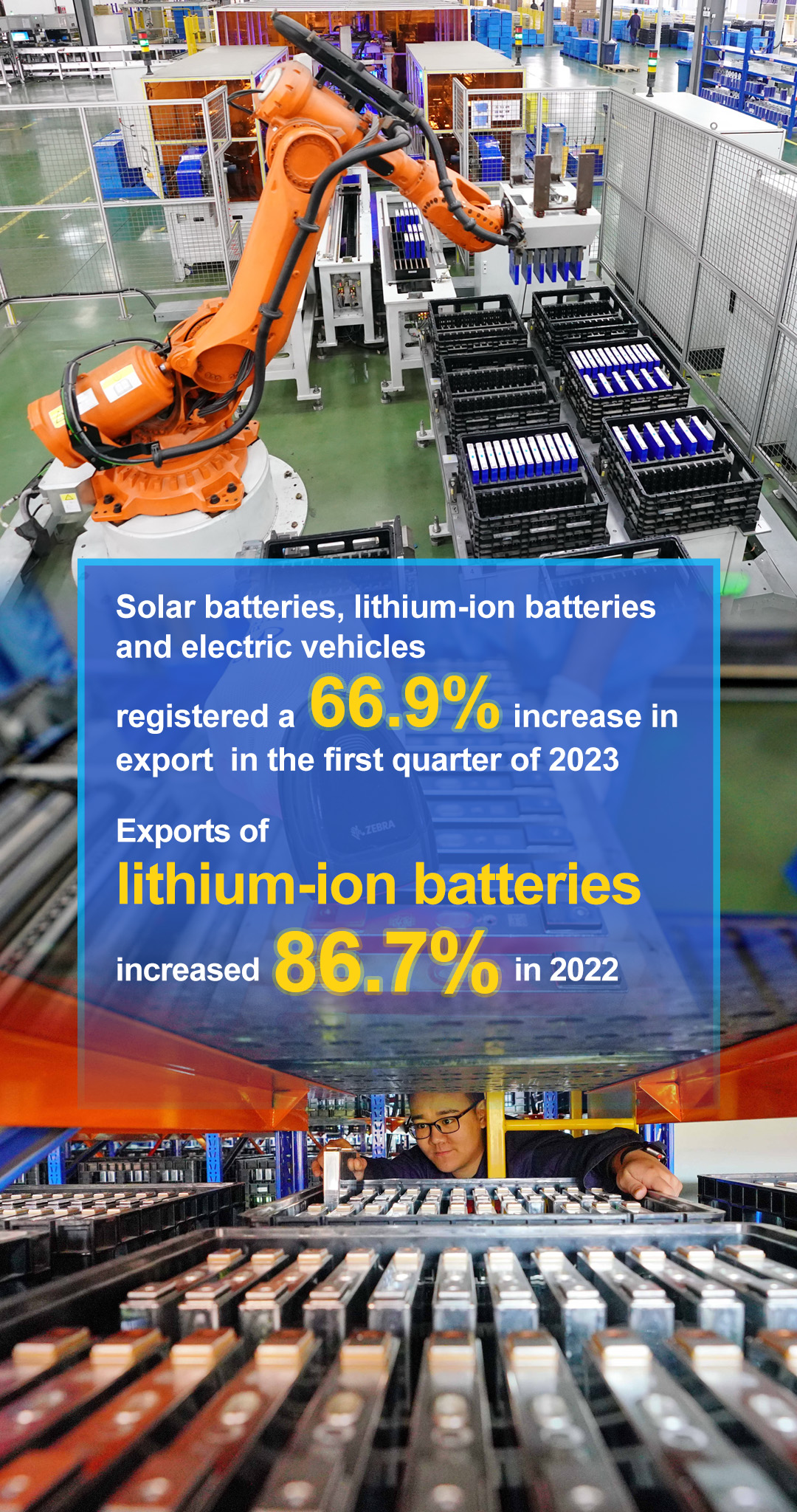

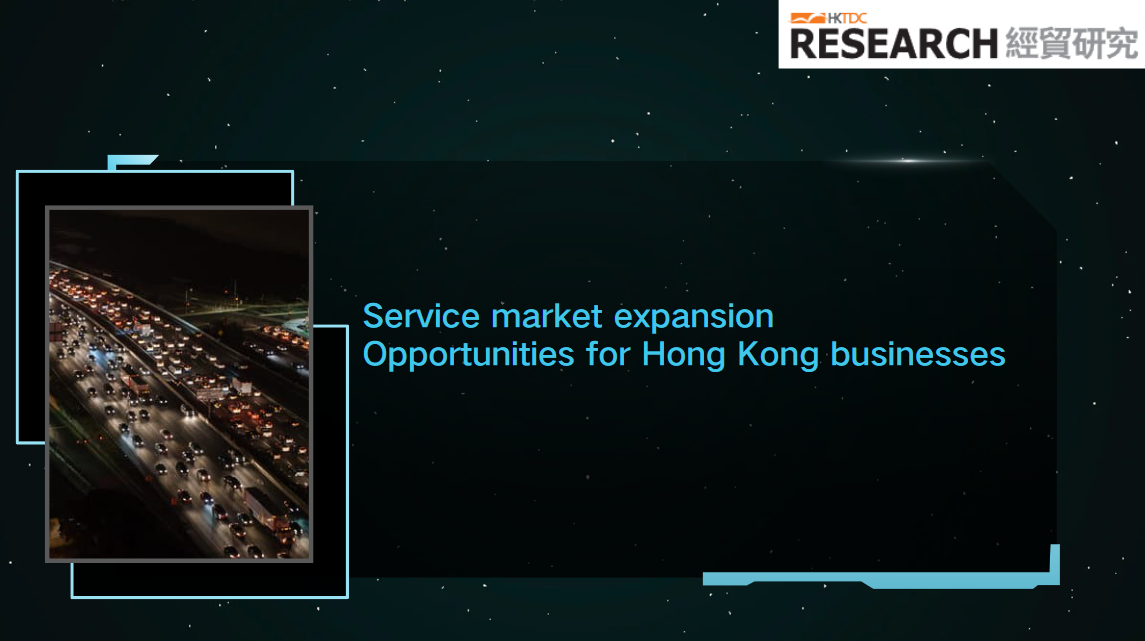
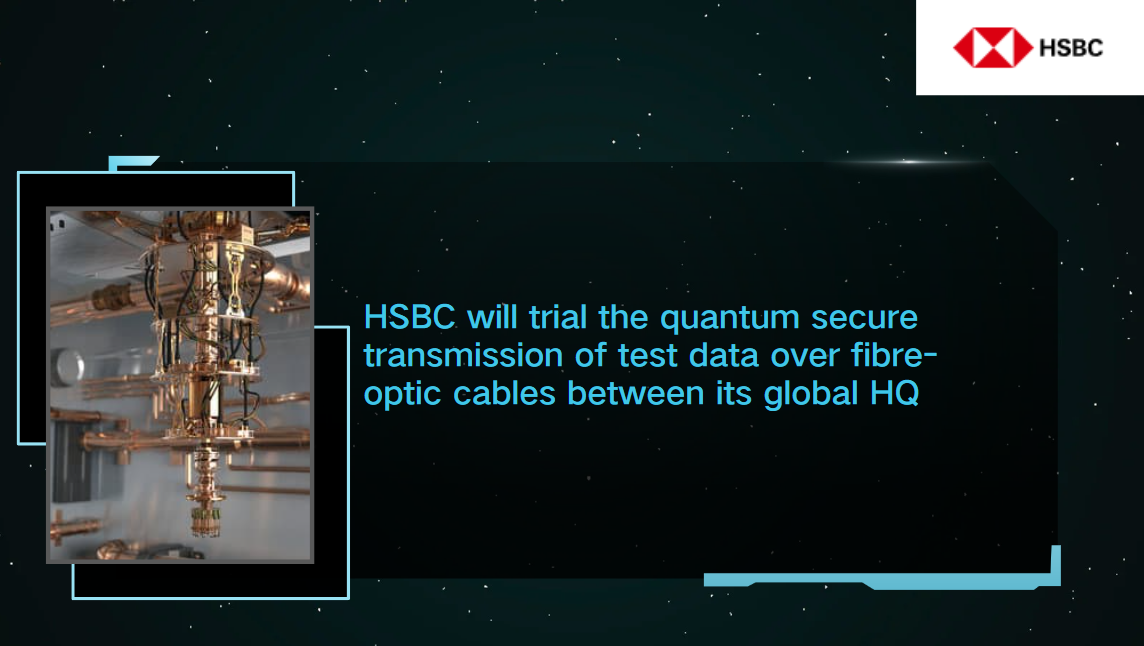
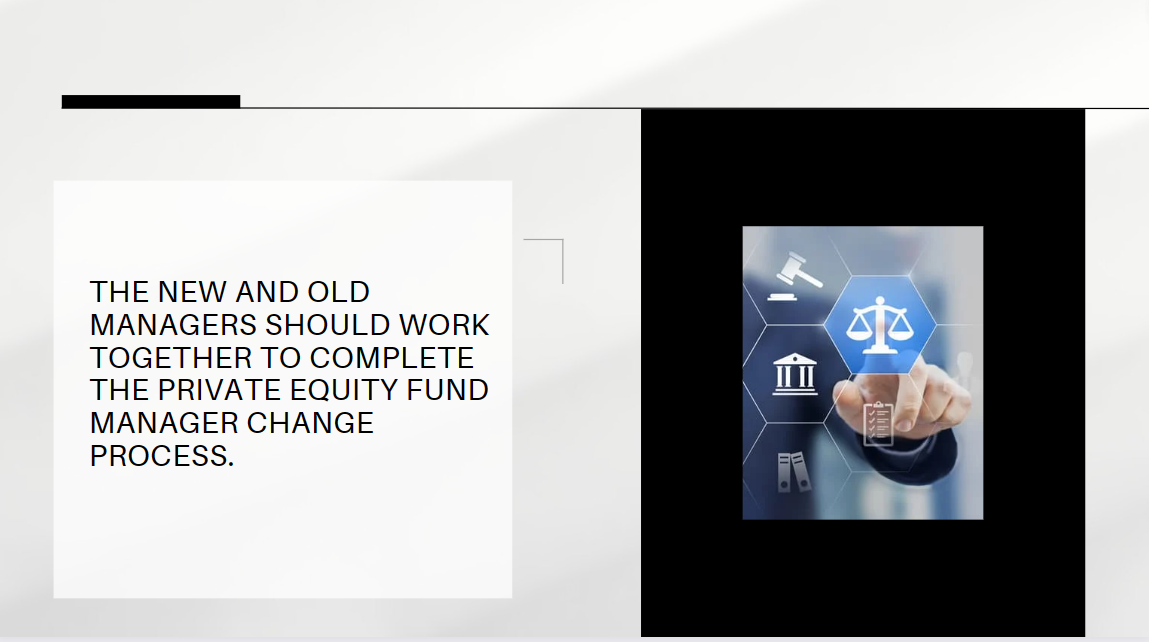

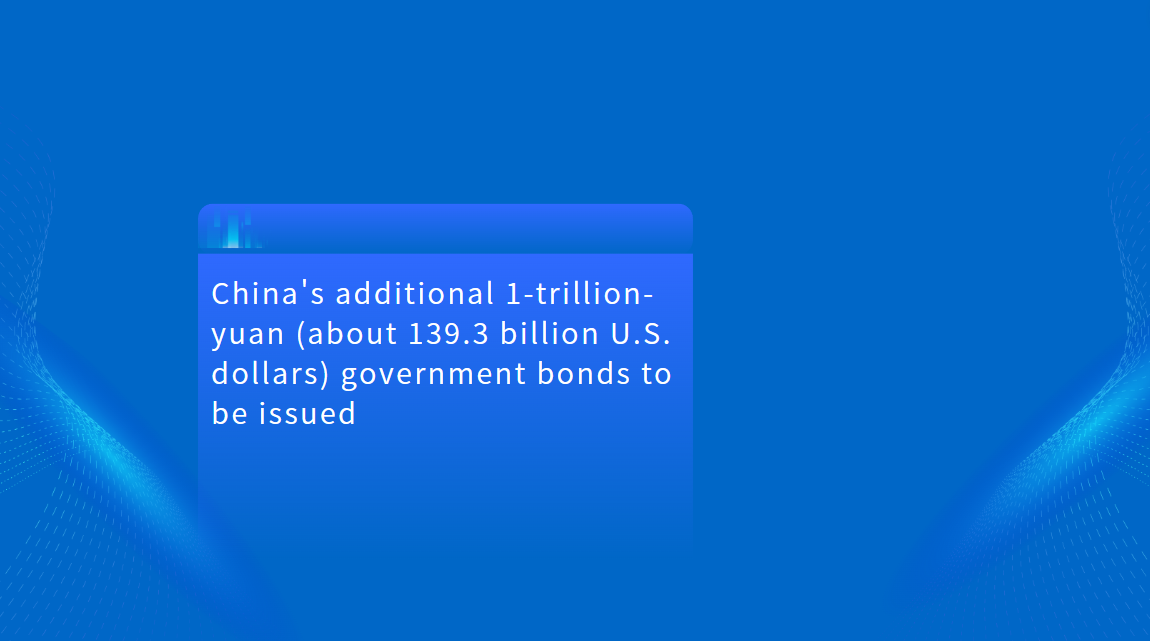
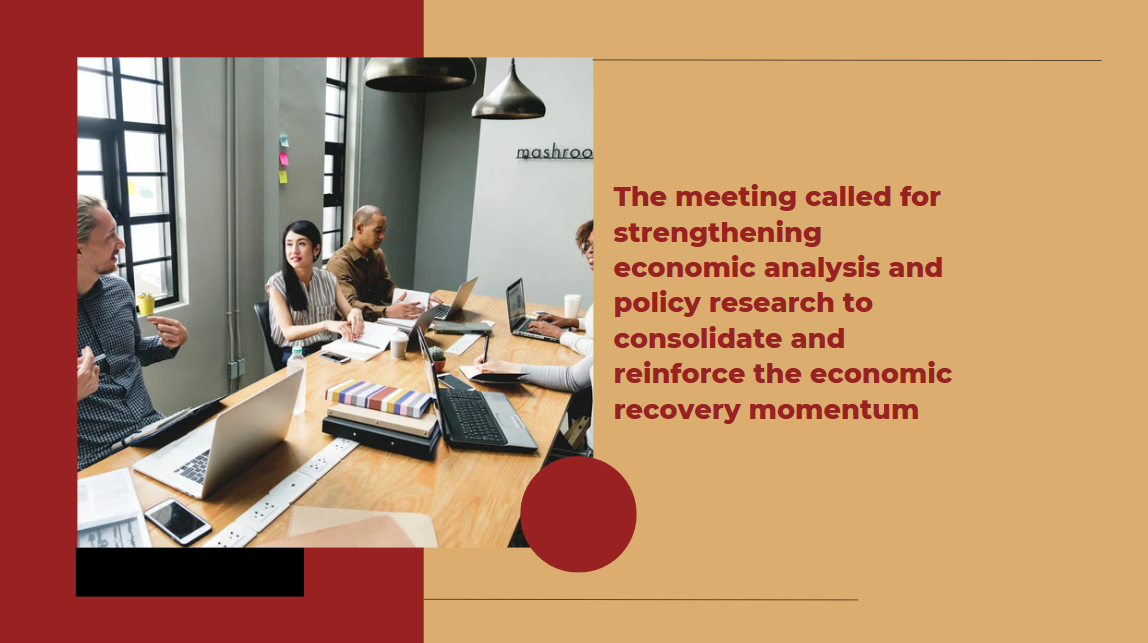




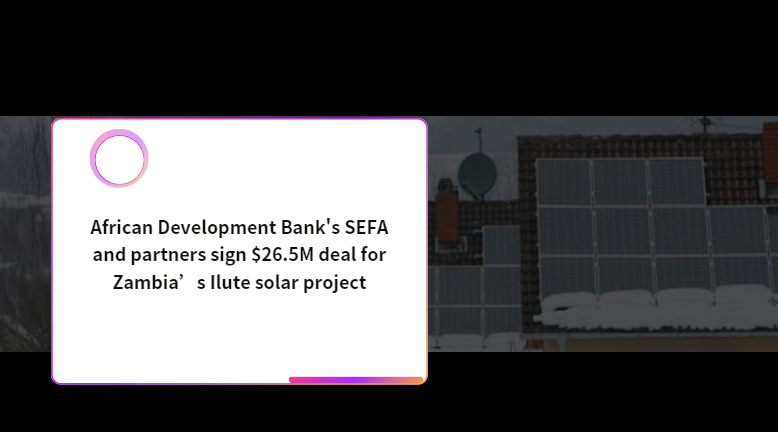



























First, please LoginComment After ~